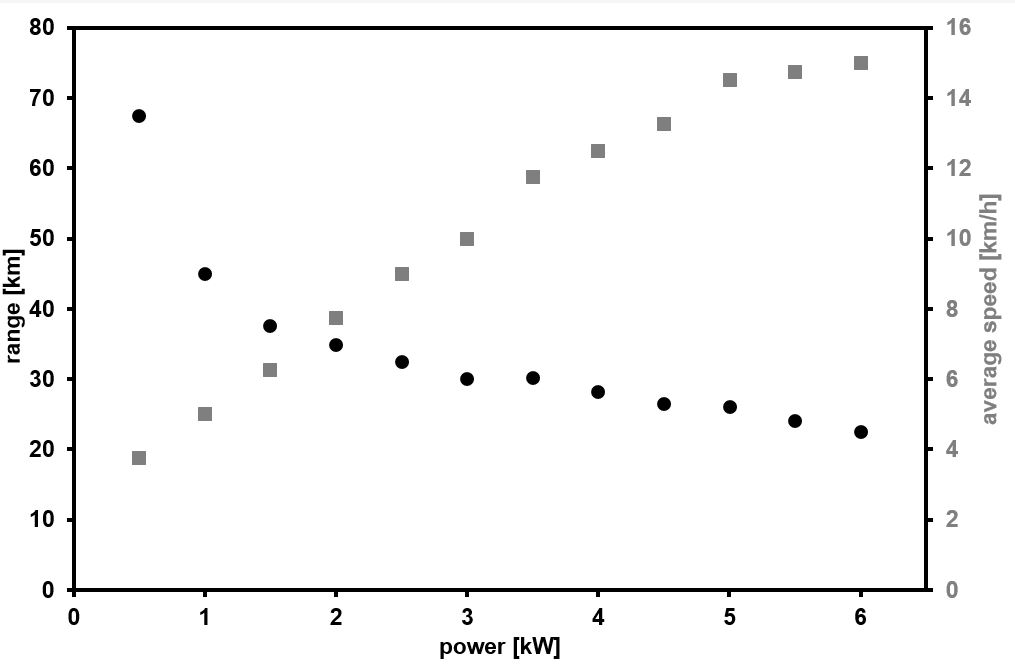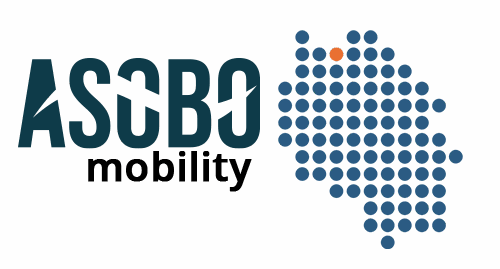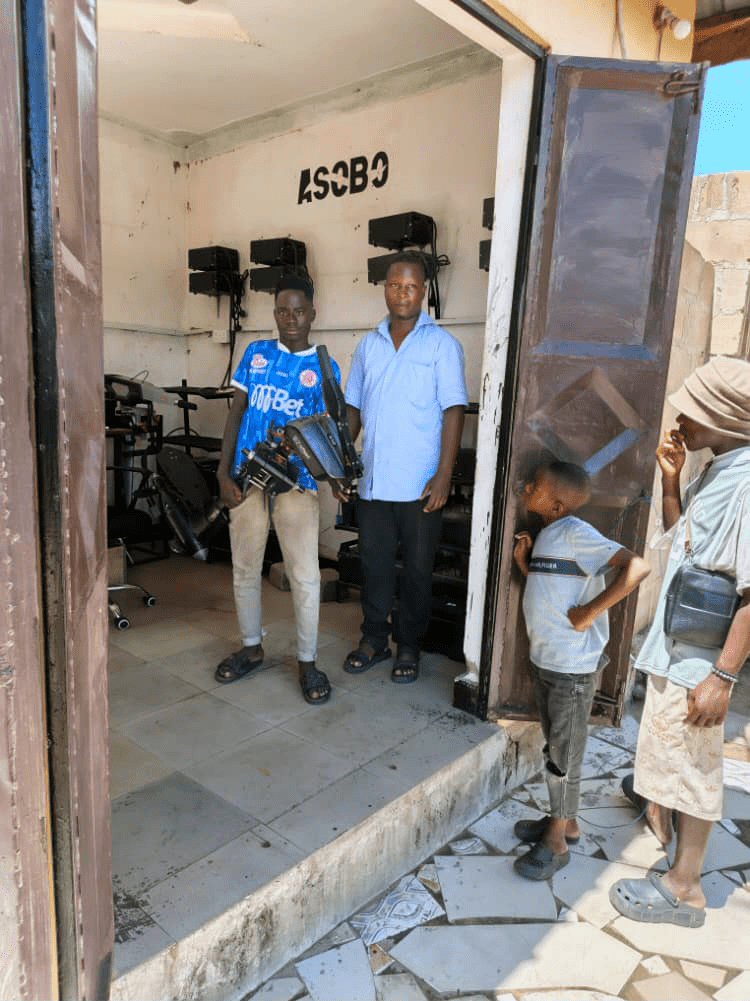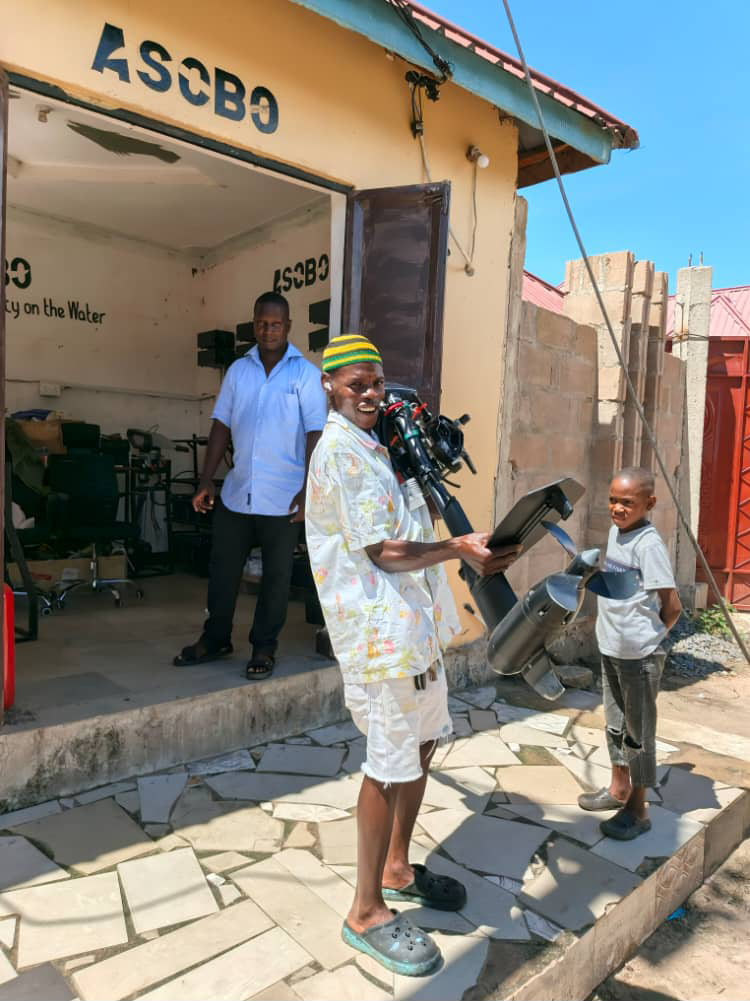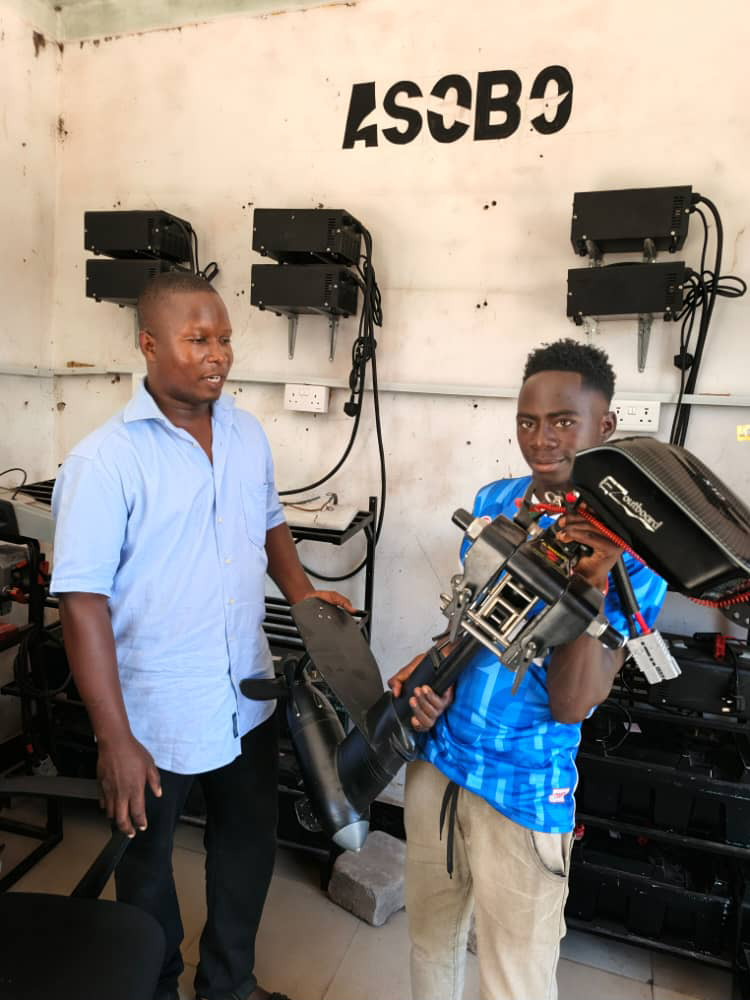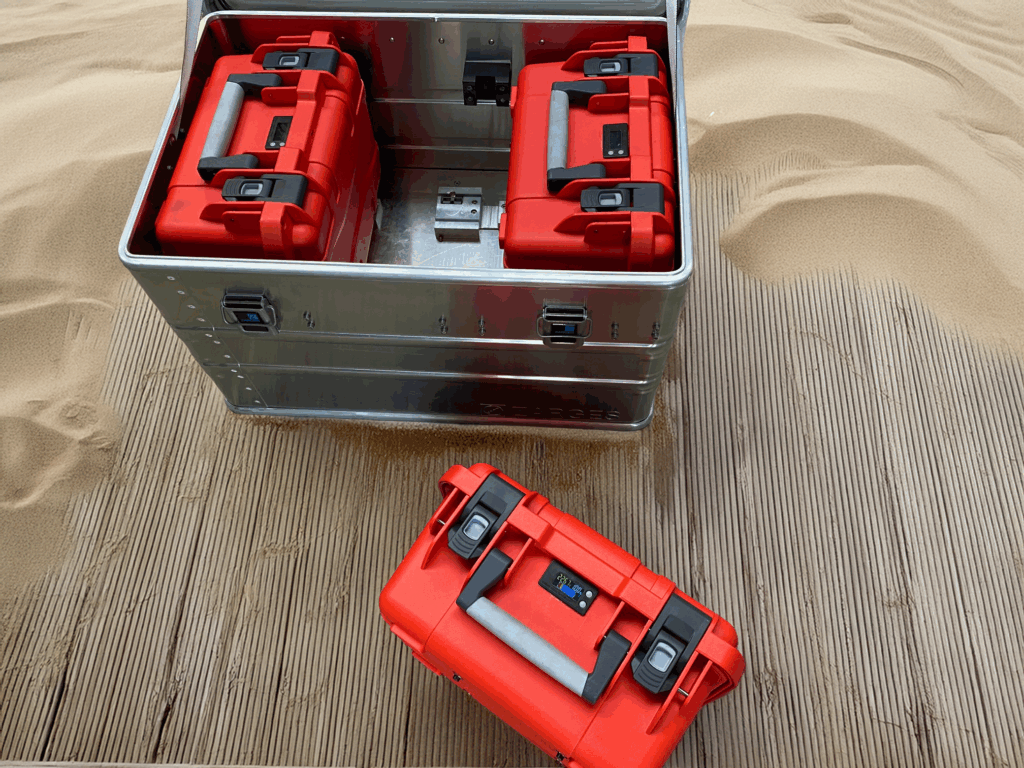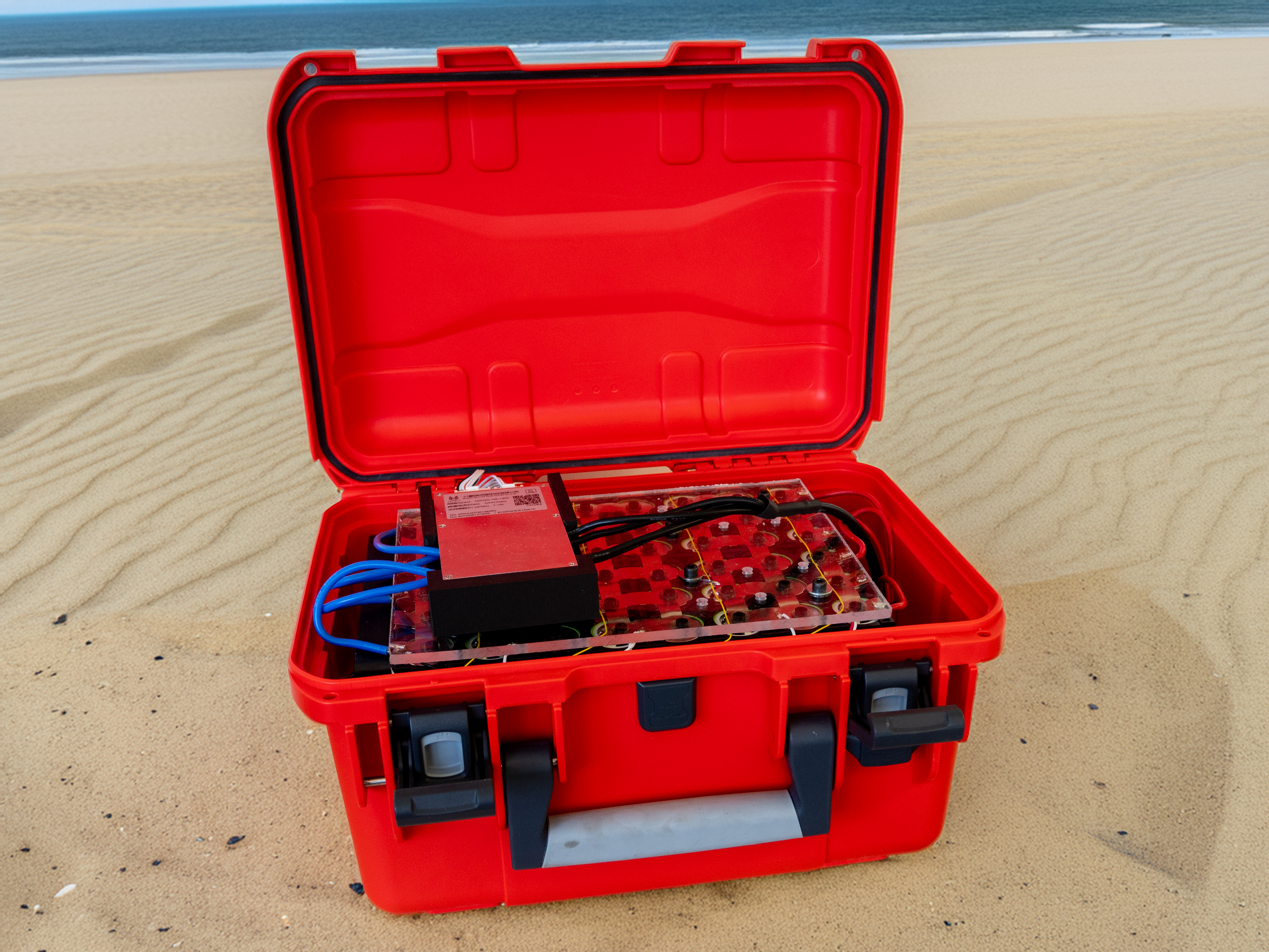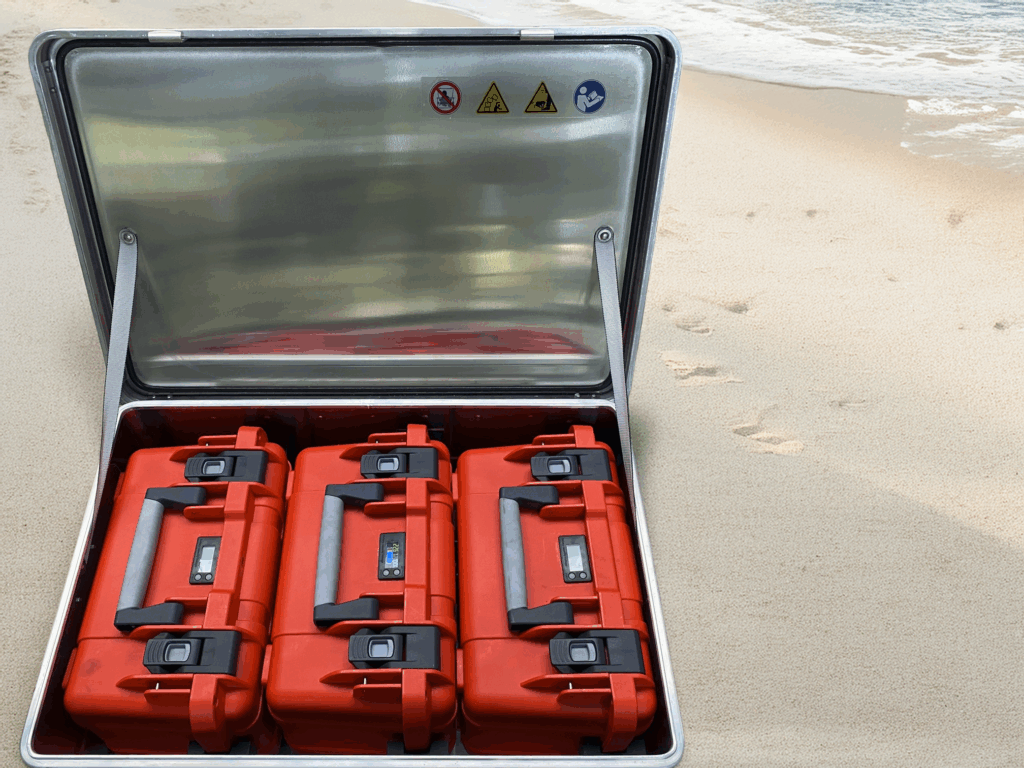We provide our customers with the most state-of-the-art technology available on the global market: Electric outboard engines. Also known as e-boarders, they are powered by novel sodium-ion batteries which are recharged in renewable energy hubs. E-boarders are comparable in performance to petrol engines, except they are cheaper, safer, more reliable & emission-free. In the future, ASOBO Mobility will expand to other African lakes and coastal regions.
What is the difference?
Previous concepts for e-mobility on the water (e.g. fishing boats in Africa) have mostly failed due to a lack of battery concepts. The key component of any e-mobility solution (car, motorcycle, or boat) is the battery. The cost of the battery alone can account for up to 50% of the total cost of the e-mobility concept and is therefore a key criterion for the solution’s economic viability. Another factor is the range and the associated charging infrastructure. For this reason, swappable battery modules based on sodium-ion battery systems are being used here for the first time.
Besides innovative sodium-ion battery technology and the concept of swappable battery systems, information and communication technologies (ICT) and the Internet of Things (IoT) are further key factors for sustainable electromobility. They form the core of the innovative business model to enable the successful introduction of electromobility for fishing boats in the African market. Real-time battery status monitoring and the location of the nearest battery swap station make the entire electromobility system more efficient and economical. Sensors are being developed and integrated into the battery system. IoT-based monitoring then enables predictive maintenance and service to ensure operational safety and reliability for customers – in this case, the fishermen. Furthermore, mobile and cashless payment options for e-mobility are also based on ICT systems. The option of including CO2 certificates for financing electromobility is also based on ICT.
What is new?
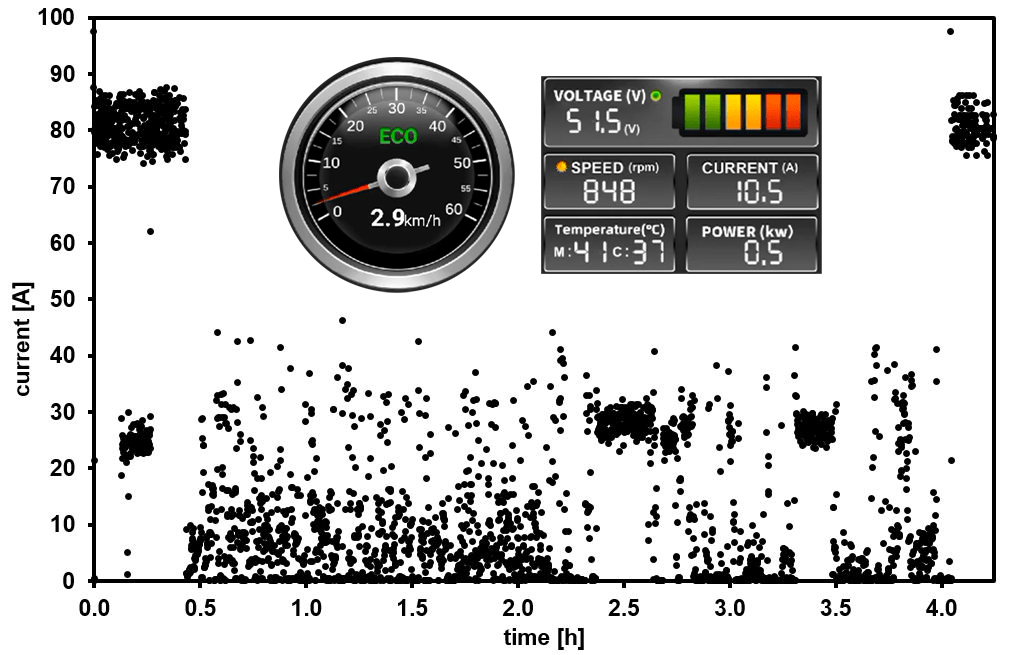
For sardine fishing but also for hook fishing most of the time, the boat stays still in the proximity of the nets and only a little battery power is consumed in the fishing area. The peaks in battery power are during movement from and to the landing sites. In this case only 4.8 kWh are used for a 4.5 h fishing trip. About 50% of the battery capacity (in this case 9 kWh) are still left.
The hull speed (HS), which represents the maximum theoretical speed of the boat, can be approximated with the following formula, LWL is the water length of the boat (typically for Lake Victoria fishing boats LWL = 32 ft):
HS = (LWL)1/2 * 1.34 = 14 km/h
Depending on the speed of the boat the range can be up to about 70 km for a sodium-ion battery with 9 kWh capacity and a 6 kW e-outboard engine.
